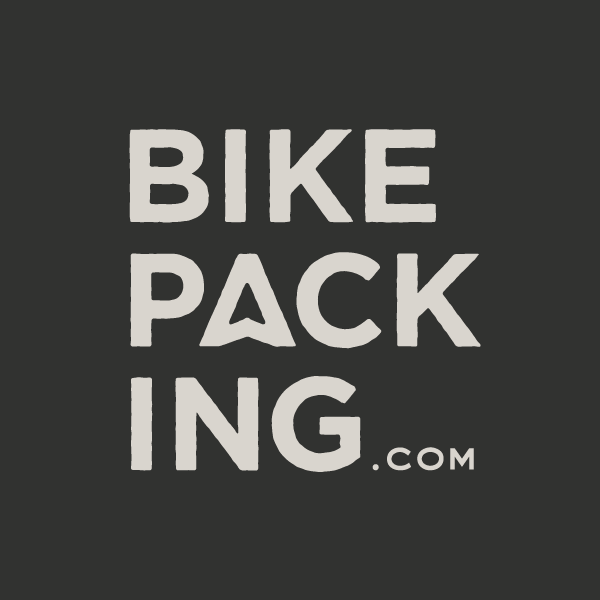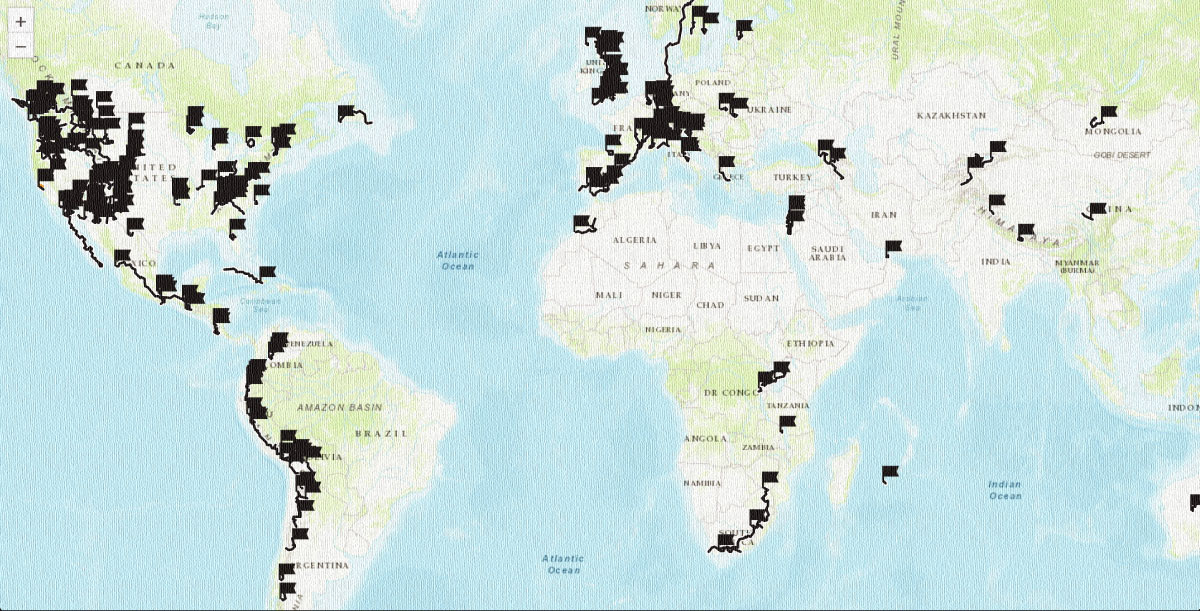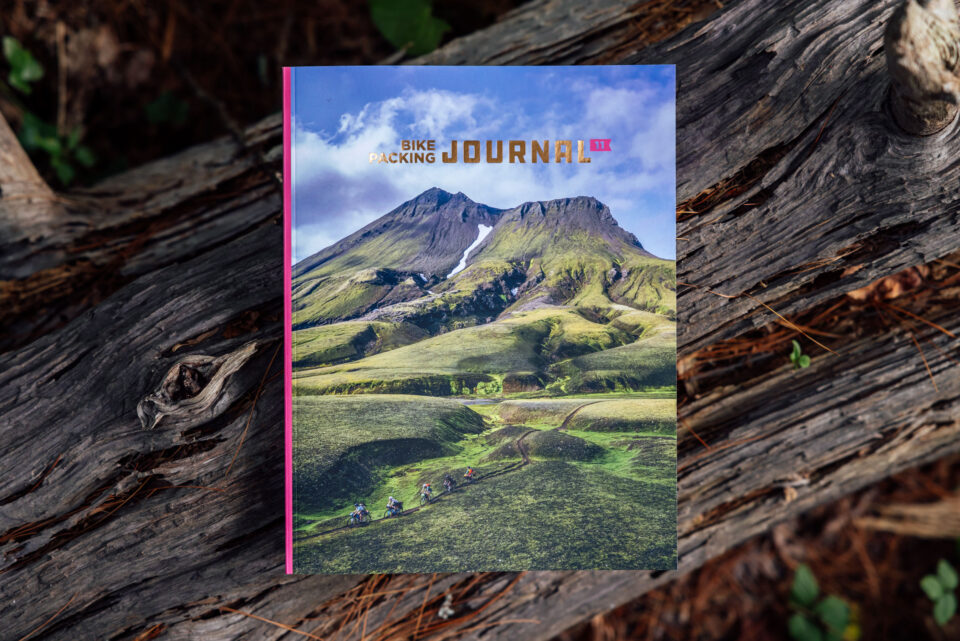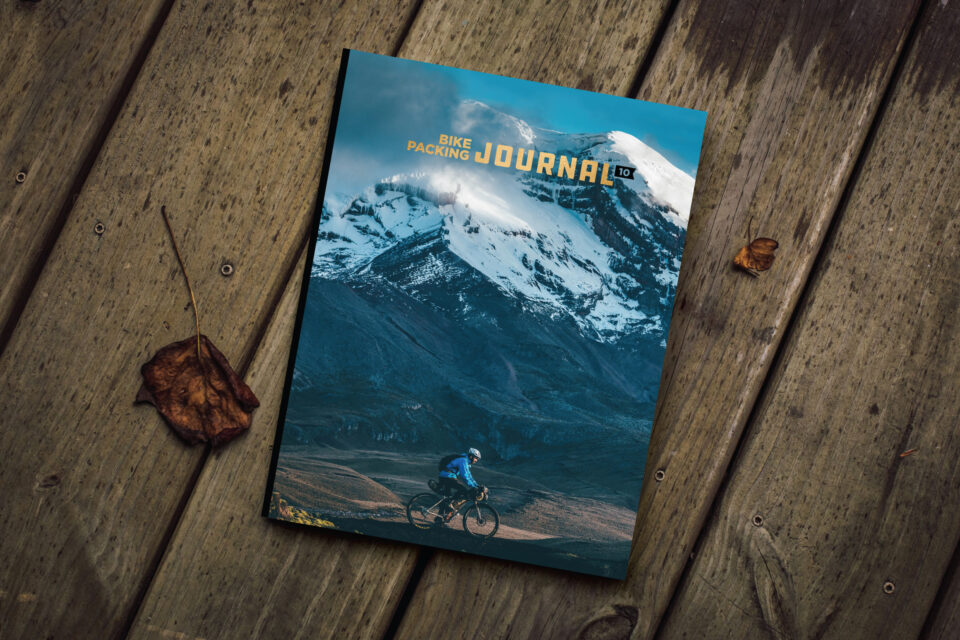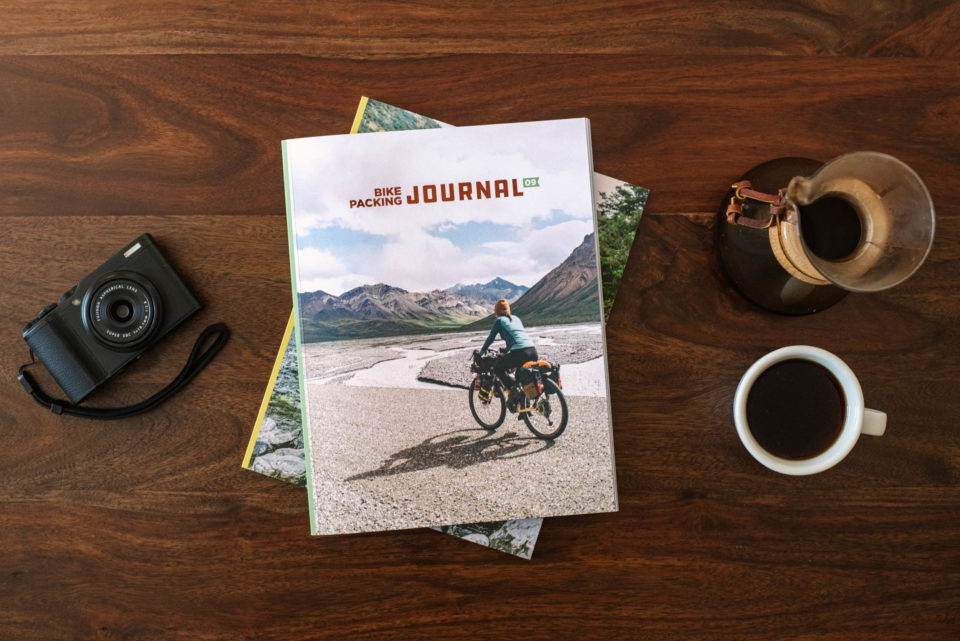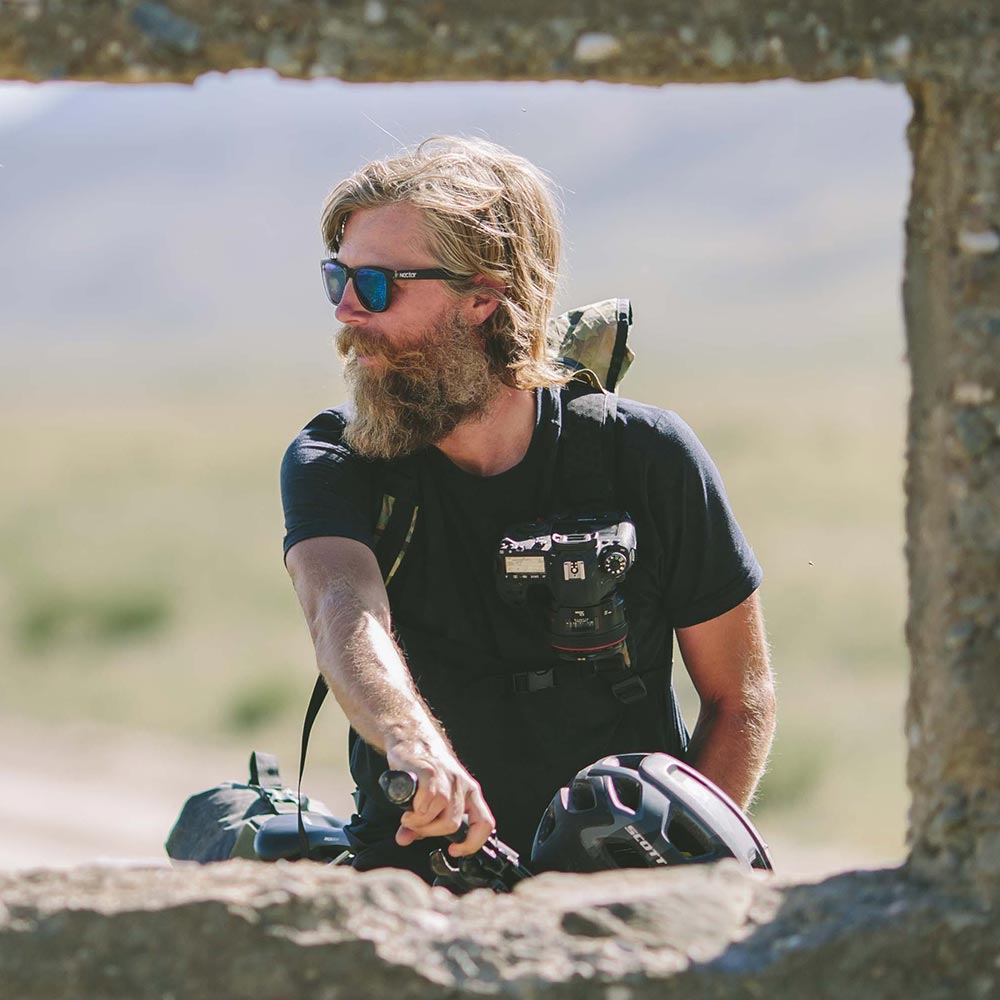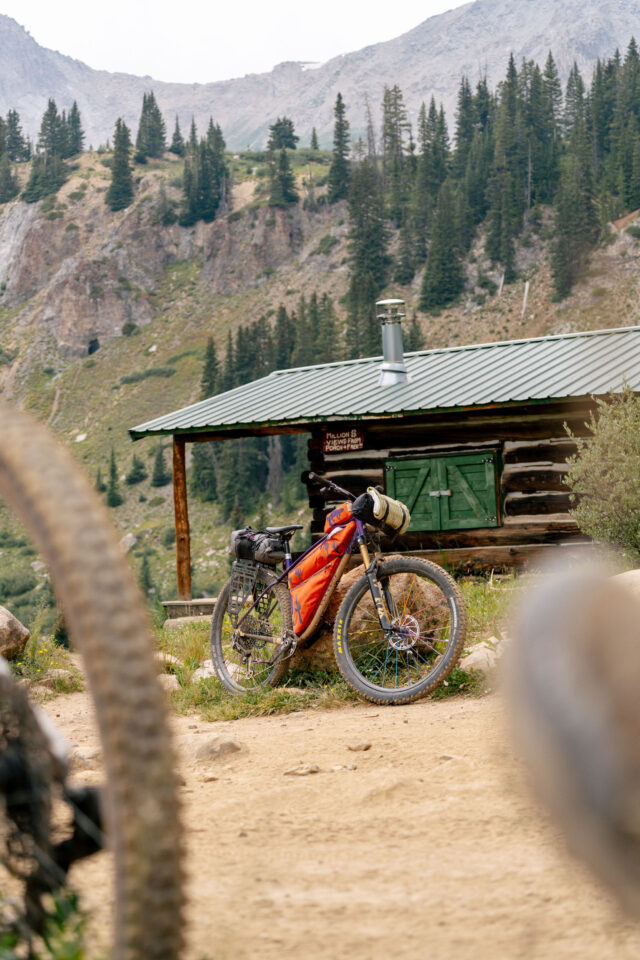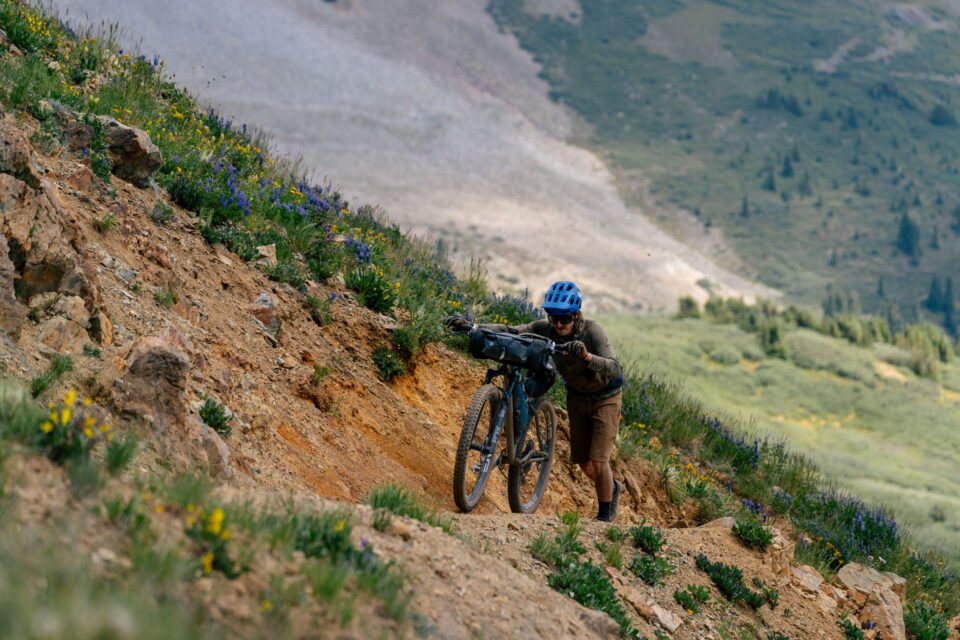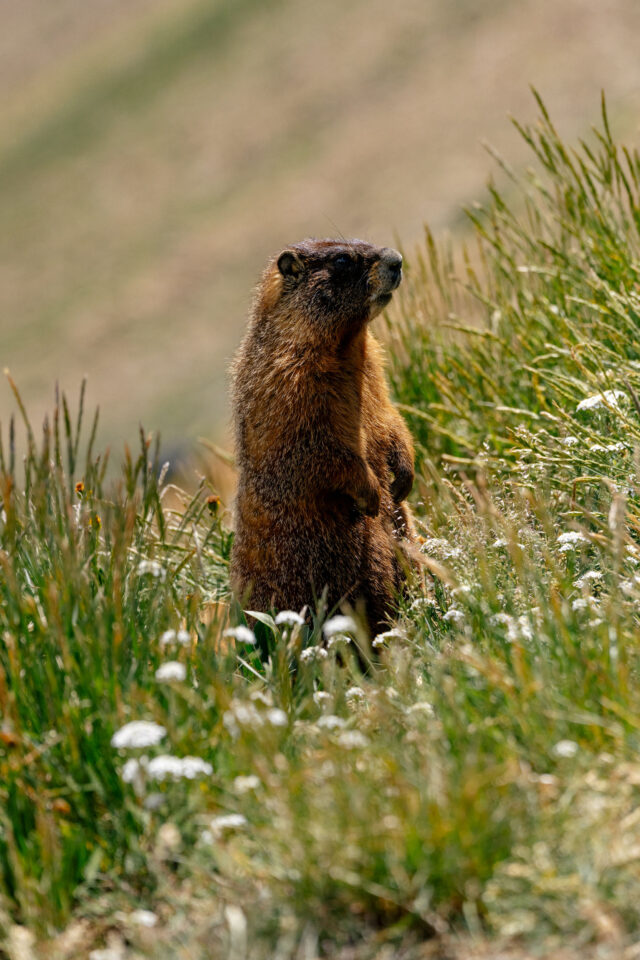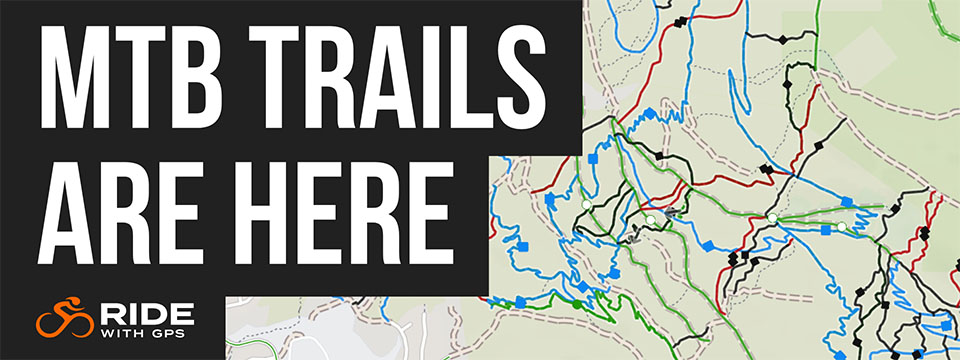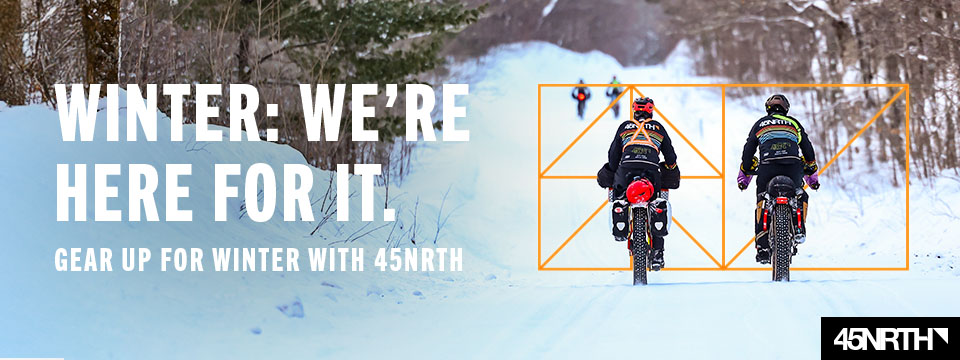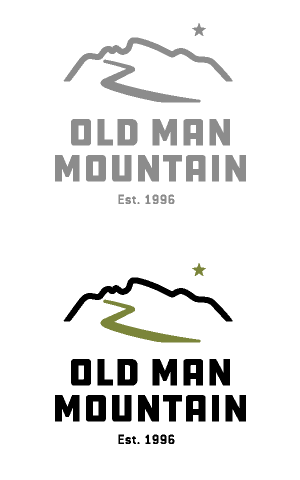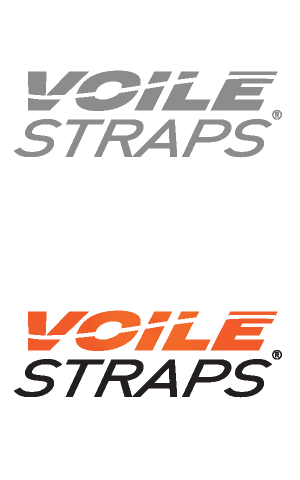Revisiting the Tilton Traverse: Is it as Hard as Comments Suggest? (Video)
Nearly a decade after first riding the Tilton Traverse, Neil went back this July for a fresh look. As part of his ongoing route maintenance, he wanted to see how it’s holding up, what’s changed, and whether it’s still as tough as riders claim in the comments. To find out, he and his riding partner Eric set out to relive—and re-test—the overnighter he pieced together years ago…
PUBLISHED Oct 7, 2025
We publish a variety of bikepacking routes for all skill levels here at BIKEPACKING.com, ranging from beginner-friendly routes designed for a gravel bike to technical mountain bike routes that are incredibly challenging. To set expectations, all of our published routes are assigned an overall difficulty score from 1–10 based on the route creator’s experience and four supporting metrics to give a clearer picture of what you’re in for. Aside from the algorithm-calculated “Climbing Scale,” these numbers are subjective, so every guide also explains that ratings in plain language, adding notes about why it was assigned these numbers. Still, there are often folks who challenge these ratings, and that’s understandable—we all have different levels of fitness and experience. And let’s face it, riding a bike loaded with gear isn’t easy.
In his latest video, Neil set out on the Tilton Traverse, a route he developed nearly a decade ago, to reconsider its difficulty metrics and see if it was as hard as some folks suggested in the comments. Watch it below, then scroll down for a few tips for tackling the route and a fresh photoset from the trail.
Tilton Traverse Tips
By Neil Beltchenko
When it comes to bang for your buck, at least as far as overnighters go, it’s hard to beat the Tilton Traverse. It crams just about everything you could want into a relatively short time span: big open views of multiple Colorado mountain ranges that make you feel as small as an ant, flora and fauna around every corner, long sustained climbs and descents, butter-smooth singletrack, and the kind of nightmarish, hike-a-bike-inducing chunky terrain that makes you question your life choices. And of course, you’ve got calm, quiet nights out there. Well, usually.
That said, the Tilton Traverse isn’t for everyone. It’s rated an 8 out of 10 in difficulty, and I’d say that’s accurate for the routes I tend to put together. But fair warning: based on some of the comments out there, a few folks have been a little shocked by the overall challenge. So here are some notes to help you plan ahead and be mentally prepared:
- Everything feels harder at elevation. The route bottoms out at 8,500 feet and tops out over 12,000 feet twice.
- Not all “gravel” or “forest service” roads are created equal. Some are mellow, but many are rough 4×4 tracks, as you’ll see in the video.
- This is not a gravel bike route.
- The whole thing builds toward the descent into Brush Creek, an epic stretch of singletrack that will keep you smiling for days after your trip.
- You will hike with your bike.
- Expect to get wet, whether from creek crossings or afternoon storms. It’s pretty common, even in dry years.
- The upside is that water is plentiful. You rarely need to carry more than a couple of bottles at a time.
- Avoid weekends if possible, when side-by-sides are abundant in the northern portions of Taylor Park.
- The last marked campground on the map is at the end of the road/beginning of the Mount Tilton Trail. It’s decent, but you’ll likely find flatter spots just before the Mount Tilton Trailhead
- Taking the bus from Gunnison is a cheap way to skip the expensive lodging in Crested Butte. And hopping on the bus from Crested Butte to Crested Butte South will save you six miles of highway. I’d do it 10 times out of 10 now.

Ideal Pack List
Here are some more pointers for an ideal pack list based on my most recent trip…
- Bike: A long hardtail or full-suspension bike in the XC to trail range. Drop bars are not the move here. A high-volume ATB could work, but be ready to get bounced around more.
- Tires: 2.35” or bigger recommended.
- Components: Reliable brakes and consistent shifting are key. You’re in the backcountry 100% of the time with no services.
- Dropper post: Makes steep terrain far more manageable.
- Rig weight: Go light. Carry minimal water and leave luxury items at home.
- Rack: A rear rack is fine. That said, I used the Relentless rack, which is designed without welds, on purpose
Front bag: A stable cradle system works best on rough terrain. I use the dry bag as my food bag for hanging at night. - Navigation: GPS or a watch loaded with the route helps a lot since there are plenty of intersections.
- Water: Cows are in the area. I filter and also use Aquamira A+B to treat lower-elevation sources.
- Shelter: Bring a tent that can handle water and wind. Storms roll in fast.
- Rain gear: Jacket and pants add warmth and protection in storms.
- Sleep system: Nights dip into the 40s even in summer. Bring a warm bag and an insulated pad.
- Clothing: A down coat and layers will make you much more comfortable.
- Sun protection: At 12,000 feet, the UV is brutal. I rely on a sun hoodie and bring sunscreen.
- Food: Bring all your snacks and meals—no resupply.
- Extras: First aid kit, and ride within your ability. And don’t forget a camera. The scenery will blow you away.
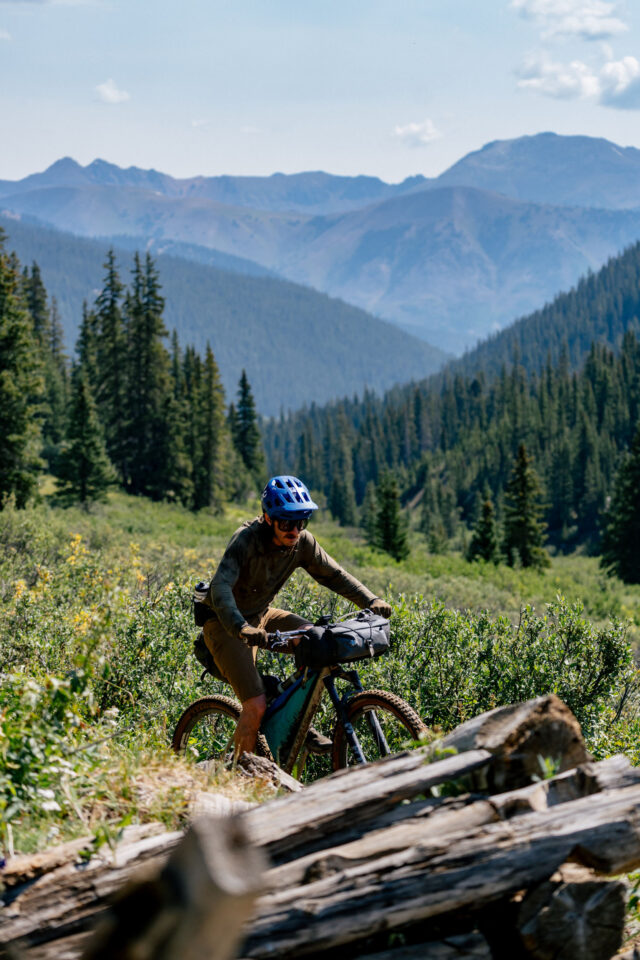 The Tilton Traverse overnighter is a high alpine riding experience showcasing the topography east of Crested Butte, Colorado. This mixed terrain route climbs into fields of wildflowers, up and down stunning mountain passes, through rich mining history, into dark timber forests, and well above treeline. Find the full route guide here.
The Tilton Traverse overnighter is a high alpine riding experience showcasing the topography east of Crested Butte, Colorado. This mixed terrain route climbs into fields of wildflowers, up and down stunning mountain passes, through rich mining history, into dark timber forests, and well above treeline. Find the full route guide here.
Please keep the conversation civil, constructive, and inclusive, or your comment will be removed.
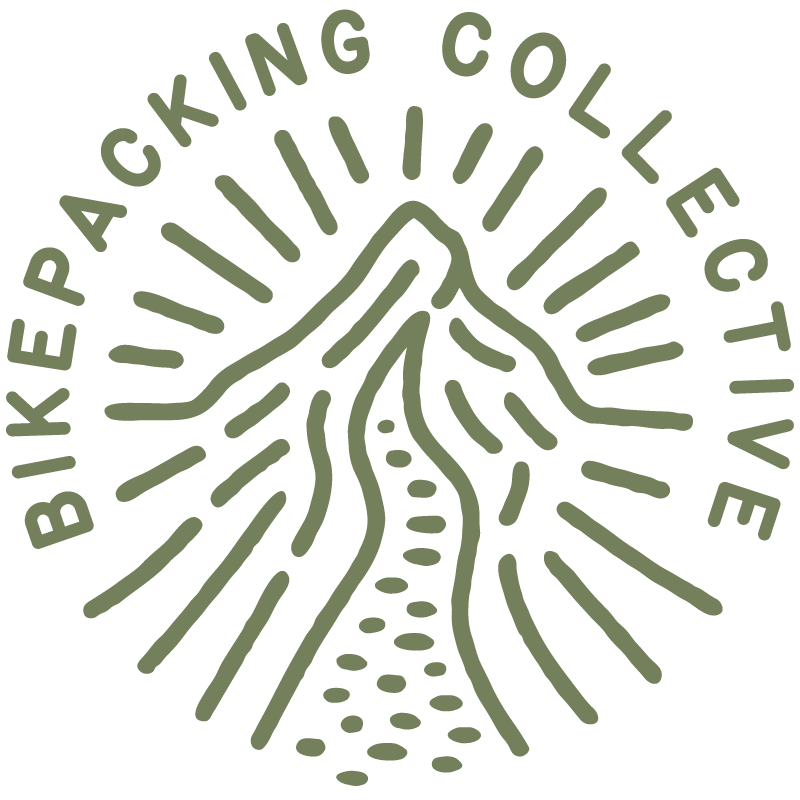
We're independent
and member-supported.
Join the Bikepacking Collective to make our work possible:
